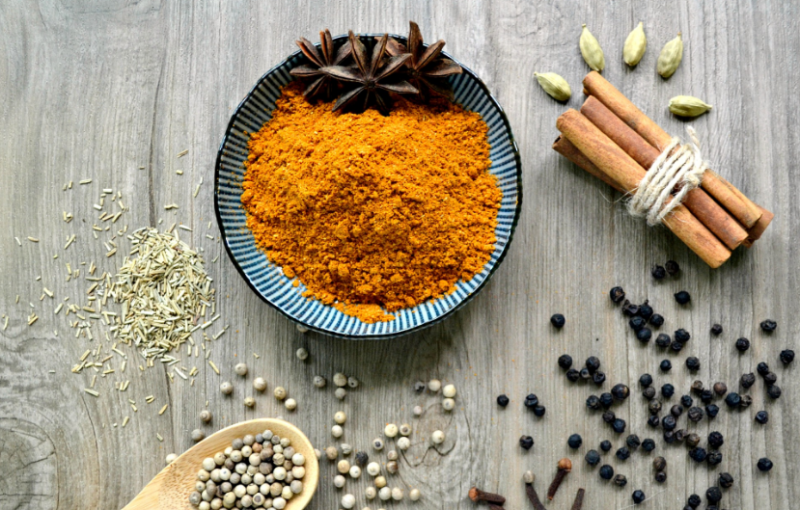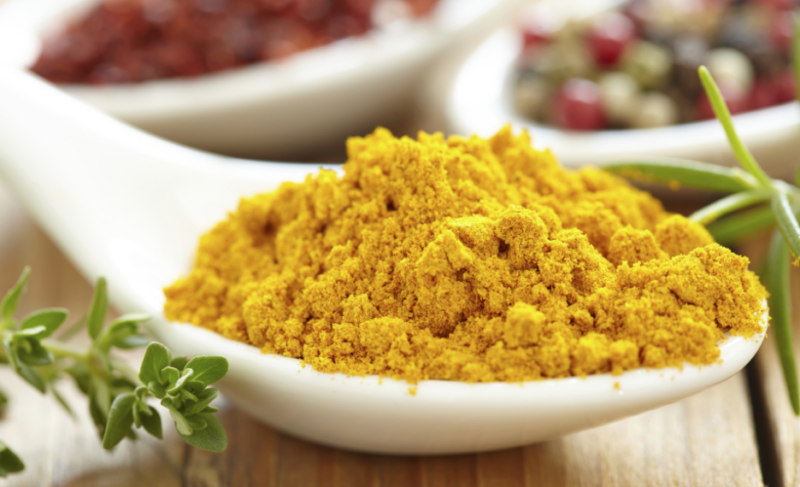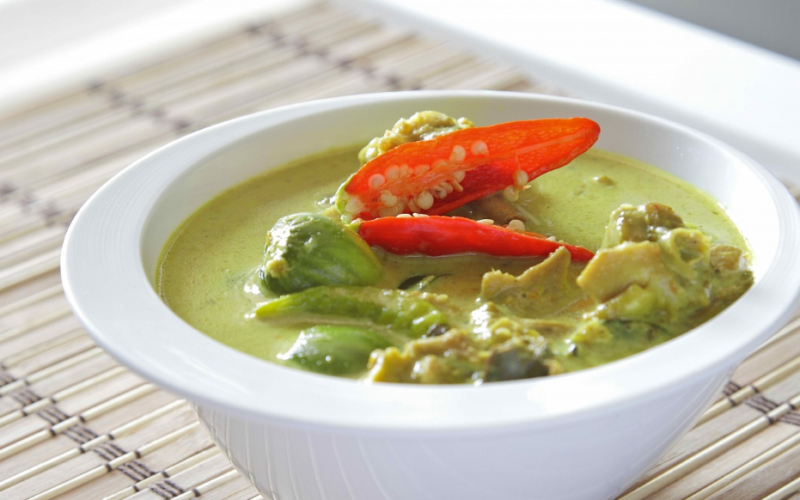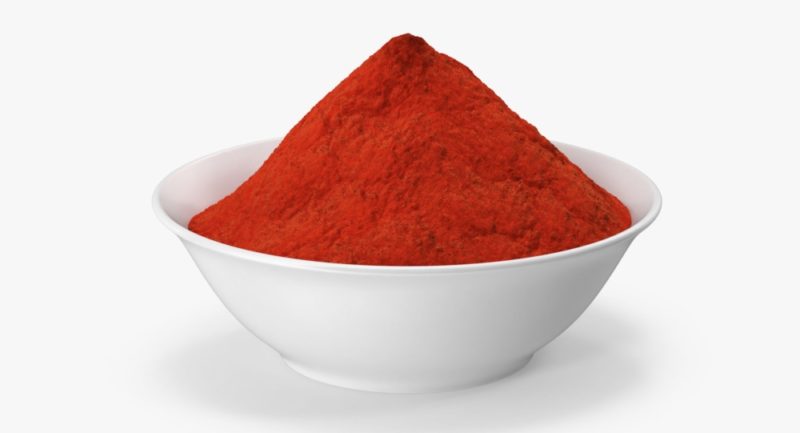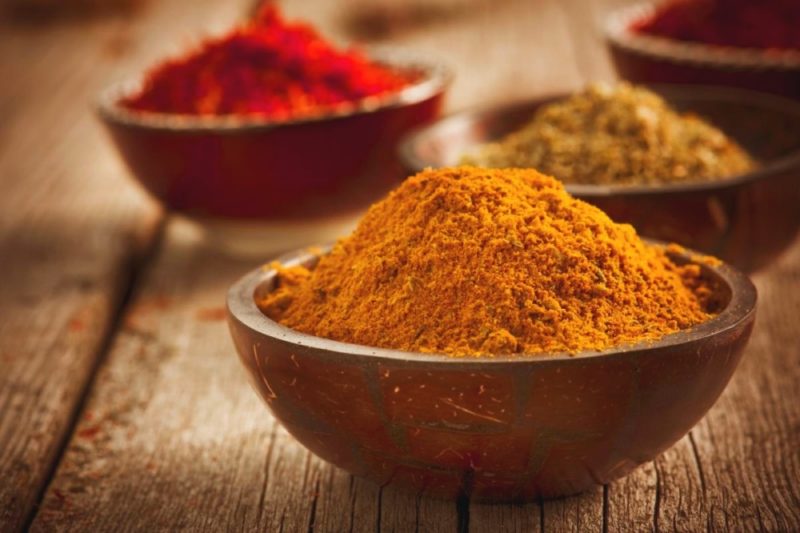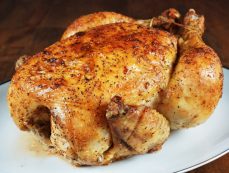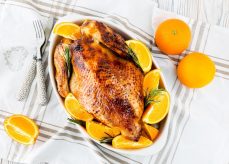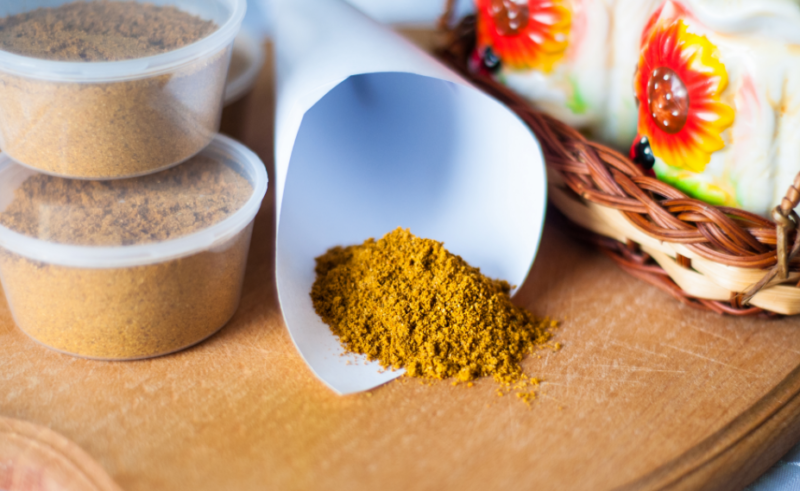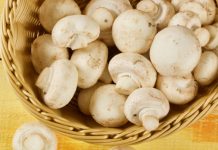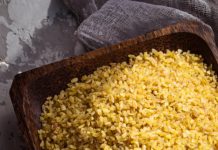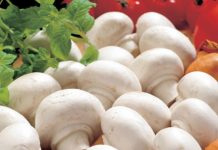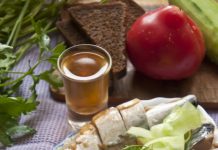Some Asian dishes are particularly sophisticated thanks to the spices included in their composition. Seasoning "Curry" - under this name, this mixture with a rich taste and aroma has become known throughout the world. Let's try to understand a little about the intricacies of oriental cuisine in order to learn how to cook deliciously.
Material Content:
What is curry
This seasoning is well known to many housewives in Russia and other countries of the world. It first appeared in India, and spices in this Asian country occupy a special place, are part of most national dishes.
The name "curry", translated from one of the Indian dialects, means "sauce." The same word refers to the leaves of an exotic tree Murraya König and various spicy, spicy Asian dishes.
Kinds
There are different types of curry seasonings. Each country and region has its own cooking traditions. A mixture of spices differs in the name and number of components, the method of preparation.
- In Europe, Curry is sold as a dry powder.
- In Thailand, pasta is prepared, from which coconut milk based sauce is then made.
- Each chef makes “curry” in India himself, making combinations of spices to taste. Any housewife can do the same, having prepared a fragrant spicy mixture in her kitchen.
Yellow - Classic
The composition of curry seasoning, which is manufactured by OOO "Seasoning. RU" in the Russian city of Belgorod, includes such ground components:
- turmeric root;
- caraway;
- salt;
- ginger;
- fenugreek;
- hot red pepper;
- granulated sugar;
- garlic;
- cumin;
- cinnamon;
- cloves;
- coriander.
The seasoning does not contain preservatives and dyes and has a pleasant rich aroma, moderately pungent taste and a bright yellow color.
The composition of the yellow curry paste includes olive oil, salt, ground red pepper, crushed dry leaves of curry, ground dry ginger. Seasoning can be bought ready-made or made independently.
Green Spicy - With Chili
This pasta spice is a traditional Thai dish.
It includes such components:
- hot green pepper - 4 pcs.;
- sugar - 1 tsp;
- garlic - 2 cloves;
- zira and coriander - a pinch;
- coconut milk - 150 g;
- cilantro - 1 bunch;
- fish sauce - 1 tsp.
Grinding in a mortar, first prepare a paste of pitted hot pepper and all other components except coconut milk and fish sauce. This paste can be stored in the refrigerator for a long time. Then sauce is made from it, adding 2 tsp. in 1 tbsp. heated coconut milk. Fish sauce is placed at the very end.
Green spicy goes well with fish and chicken dishes. There are more complicated recipes with many components, one of them you will learn by reading the article to the end.
Red
Red curry has a different composition. It differs from green in taste and aroma.
Components:
- cayenne pepper (red hot) - 4 pcs.;
- lemon sorghum - 1 pc.;
- sugar - 1 tsp;
- zira and coriander - a pinch;
- ginger - 1 pc.
Sorghum is beaten with a meat hammer, then finely chopped and ground in a mortar with red pepper without seeds, sugar, chopped ginger and spices. The result is a red paste, you can not try it because of the burning taste. Only by preparing pasta-based sauce can you appreciate the exquisite taste and aroma of red hazel.
The chemical composition of seasoning
The composition of the spice is different, and depends on the components. Calorie content - from 250 to 325 kcal per 100 g of product. High nutritional value does not play a special role, since spice is added to dishes in small portions.
"Curry" contains a large number of useful substances necessary for the health of the body. Especially a lot of vitamins E, K, PP, group B, as well as minerals - iron, potassium, calcium, manganese, copper, zinc, selenium, phosphorus.
BJU product:
- proteins - 12 g;
- fats - 10-14 g;
- carbohydrates - 26 - 58 g;
- fiber - 33 - 53 g.
In addition, each spice that is part of the Curry seasoning has biologically active and aromatic substances that benefit the body.
What dishes is used
Dry spice "Curry" is universal, it is added to vegetable, meat, fish dishes, soups, marinades, drinks and sauces. Some ready-made spices already have salt, so you need to salt the food carefully.
Yellow, green and red curry pasta is an indispensable component of Thai dishes. Most often it is a stew or fish with vegetables, coconut milk and spices. You can use pasta for flavorful salad dressing by mixing it with yogurt or mayonnaise.
The benefits and harms of the mixture
Seasoning "Curry", prepared using various spices, combines the benefits of all its components. In addition to enhancing appetite, it has a beneficial effect on the body, reducing the risk of cancer.
Other useful properties:
- improving liver function;
- stimulation of the immune system;
- reduction of bad cholesterol in the blood;
- prevention of obesity;
- protection against colds, etc.
The Curry mix is an excellent antioxidant, a source of vitamins and minerals for the body.
Spices have a harmful effect in only a few cases:
- gastrointestinal ulcer;
- children under 2 years old;
- allergy to one of the components of the spicy mixture.
It is also not recommended to use spicy dishes seasoned with spice for pregnant and lactating women.
Curry seasoned recipes
Even an inexperienced housewife can cook a simple dish with a ready-made spice, having only 4 components. It can be served with a side dish of cereals or potatoes.
Roasted chicken
Products:
- chicken gutted carcass - about 1.5 kg;
- vegetable oil - 4 tbsp. l .;
- canned pineapples - 300 g;
- Curry powder - 2 tbsp. l
Process description:
- Chicken rubbed with a mixture of vegetable oil and seasoning "Curry".
- Pieces of pineapple are placed inside the chicken carcass.
- Wrap the bird in foil and bake in a hot oven at 200 ° C for about an hour and a half.
Many Asian cuisines have spicy dishes in their repertoire, united under one common name "curry".
Thai version of curry resembles pasta, from which sauce is then made and stewed in it vegetables or meat. In the Indian version, Murraya König leaves are used, but in Thai recipes this component is not. Thai dishes with spices are somewhat reminiscent of thick soups. Spices in Thai cuisine are heated in a dry frying pan, and in India this is done in boiling oil.
Products for Thai Green Curry with Chicken:
- zira, coriander seed and white pepper - 1 tbsp. l .;
- garlic - 3 cloves .;
- shallots - 1 pc.;
- green chili pepper - 2 pcs.;
- cilantro with roots - 1 bunch;
- basil - 2 branches;
- Kaffir lime leaf - 3 pcs.
- ginger - 25 g;
- Kaffir lime zest;
- lime juice;
- olive oil;
- lemon grass - 2 small stems;
- shrimp paste - 1 tbsp. l .;
- fish sauce - 1 tsp;
- cane sugar - a pinch;
- coconut milk - 1 tbsp .;
- chicken fillet - 300 g;
- daikon - 100 g;
- green peas - 100 g.
Process description:
- Spices (zira, coriander and white pepper) are heated in a dry pan.
- All other components of the recipe, except chicken fillet, daikon, green peas and basil, are placed in a blender bowl. Leaves and roots are finely chopped with a knife.
- Heated spices are crushed in a mortar and also sent to a blender bowl. After grinding, a thick green curry paste is obtained.
- Fillet cut into pieces and fry in oil until half cooked.
- Add to the meat 2 tbsp. l curry paste, fried to evaporate excess moisture.
- Reduce heat and add coconut milk, then chopped daikon and green peas.
- The milk should thicken a little. At the end lay several basil leaves.
Thai curry is eaten with rice or noodles.
Learning how to make Curry paste yourself, you can try various recipes for spicy Asian dishes. They diversify the daily diet and benefit the body.


